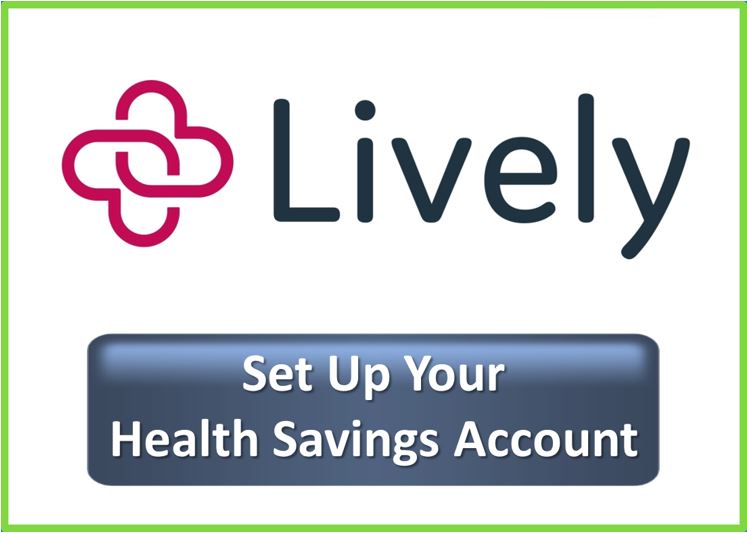Download this article as a white paper
As premiums continue to increase in the individual market, a lot of people are looking for other solutions. One option that may be available to you if you own a business is to purchase a small group policy.
Why Small Group Coverage is Better Than Individual
Here are the advantages of purchasing a small group health plan:
- The premiums are currently lower than in the individual market. That doesn’t mean they’re low, but they are LOWER for comparable levels of coverage.
- You have the option of a PPO plan. That’s something that’s difficult to find in the individual market in the state of Texas.
- You can enroll anytime – small group isn’t limited to a six-week open enrollment period at the end of the year like individual health plans are. Your plan can start on the 1st or 15th of any month.
Qualification for Small Group Coverage is Easier Than You May Think
If you do own a small business, you may be thinking that you don’t qualify because you’re a sole proprietor or because there would only be one person enrolled. Not so fast! The rules have changed, so it’s now easier to sign up for small group coverage than it ever has been before, at least with some insurance companies.
With some insurers, there’s no longer a requirement that two people enroll, for example. If you have two employees (or two owners), you might still be able to purchase small group coverage even if only one person needs it.
Paperwork Requirements
Each insurance company has slightly different documentation requirements, but the below guidelines should give you an idea of what’s required. If you do apply for coverage, we’ll work with you to make sure you’re submitting all of the necessary documents. The required paperwork varies depending on the business format.
Sole Proprietor: If you have a sole proprietorship, you can apply for small group coverage if you have a full-time W-2 employee, and that W-2 employee can be your spouse. Insurance companies cannot decline a group policy solely because the two eligible owners/employees are married.
Blue Cross Blue Shield of Texas (BCBSTX) will accept a small group that has one eligible owner (sole proprietor) and one W-2 employee, even if that employee is part-time and not eligible for health coverage. At least one person must apply for health coverage; even though it is a group health plan, BCBSTX only requires one enrollee.
Partnership: If your company is a partnership, then you should be filing a 1065 with the IRS and providing each partner with a Schedule K-1. You’ll need to submit copies of the 1065 K-1s (for all partners). Some partnerships have both active and silent partners, and both types are eligible to enroll, but the ownership percentage from all the K-1s must add up to 100%. Also, at least two of the partners must be people (not entities). Partnerships with entities as a partner are eligible to purchase a group health plan, but the entity cannot be the second partner of a two-person group.
Note: If your business files a Form 1120 instead of a Form 1065, please see the paperwork requirements for S-Corps below.
LLC: An LLC, or Limited Liability Company, decides when it applies for its Employer Identification Number (EIN) with the IRS whether it wants to be taxed as a pass-through entity (like a proprietorship or partnership) or as a corporation. The owners of an LLC are referred to as members, and the documentation required by the insurance company will depend on the number of members and the way the LLC chooses to be treated for tax purposes.
- If the company is a single-member LLC choosing to be taxed as a proprietorship, then you’re probably filing a Schedule C with your tax return. A copy of the Schedule C and the front page of your 1040 will be required, and you can apply for a small group plan if you have at least one full-time W-2 employee (even if the W-2 employee is your spouse). In addition to ownership paperwork for yourself, you’ll also need to submit the most recent quarterly state unemployment return that you filed with the Texas Workforce Commission (TWC). If the employee is new and not on the TWC report, then you’ll need to provide the employee’s W-4 and a copy of the most recent payroll.
- If the company is a multi-member LLC choosing to be taxed as a partnership, then the documentation requirements will be similar to a partnership above: you’ll need to submit a copy of the 1065 K-1s (for all partners). If your LLC is newly formed, then you’ll need to provide the certificate of formation, company paperwork listing all of the owners (members), and IRS documentation showing you will be filing a 1065 because you’ve chosen to be treated as a partnership.
- If the company is a multi-member LLC choosing to be taxed as a corporation, then the company files Form 1120 rather than 1065 with the IRS and the documentation requirements will be similar to those for an S-Corp or C-Corp below: the insurer will need the most recent Texas Workforce Commission (TWC) quarterly unemployment report showing all eligible employees as well as W-4s and payroll for recent hires. However, because the owners probably do not appear on the TWC report like they do with an S-Corp or C-Corp, additional documentation will be required. Usually what’s needed is the certificate of formation from the state listing the owners (members) of the LLC. For companies that file Form 1120, at least one W-2 employee is required (either an owner or another employee appearing on the TWC report).
S-Corp or C-Corp: If your business is a C-Corp, then all owners and employees should be on the payroll and appear on the quarterly unemployment report filed with the Texas Workforce Commission (TWC). You’ll need to submit a copy of the TWC report. If you have new employees who were not on the report for the most recent quarter, then you’ll need to submit a W-4 and a copy of the most recent payroll for those employees.
If your business is an S-Corp, then the owners may be on the TWC report (in which case the requirements are the same as for an C-Corp), or the owners might be taking a draw. If the owners are taking a draw and are not on the quarterly unemployment report, then the carrier will require company paperwork listing all of the owners. Additionally, the insurance carrier will require at least one W-2 employee who was on payroll for most of the business days during the preceding calendar year. If it is a newly formed company, then most insurers will accept a copy of the W-4 and the employee’s first payroll stub showing federal income tax and FICA withholdings.
As with a proprietorship, BCBSTX only requires one part-time employee in addition to the owner for an S-Corp to qualify for small group coverage, and only one person needs to enroll.
The Fine Print
Here are a few things to keep in mind:
- First, we are not CPAs and the above information is not meant to be tax advice. Rather, the information provided is based on our years of experience working with hundreds of small employers and multiple small group insurance companies across the state of Texas.
- Second, each insurer interprets the law a little differently, so just because one insurance carrier accepts a two-person husband & wife group doesn’t mean another will.
- Third, each insurer has its own paperwork requirements, so there will be additional forms that need to be completed in addition to the above documentation requirements.
- Finally, all of the rules are subject to change on a moment’s notice (and sometimes with no notice at all). The health insurance environment is evolving rapidly as lawmakers continue to make adjustments to the Affordable Care Act and insurance companies react to those adjustments. As the requirements change, we’ll update this post.
Think You Qualify? Get a Quote!
If you think you might qualify for small group health coverage, the first step is to get a quote. We’ll be happy to help you. Just send us an email at JME@JMEinsurance.com or call us at 972.245.0266. We can also address any questions or concerns you have about the documentation requirements. We look forward to working with you!








